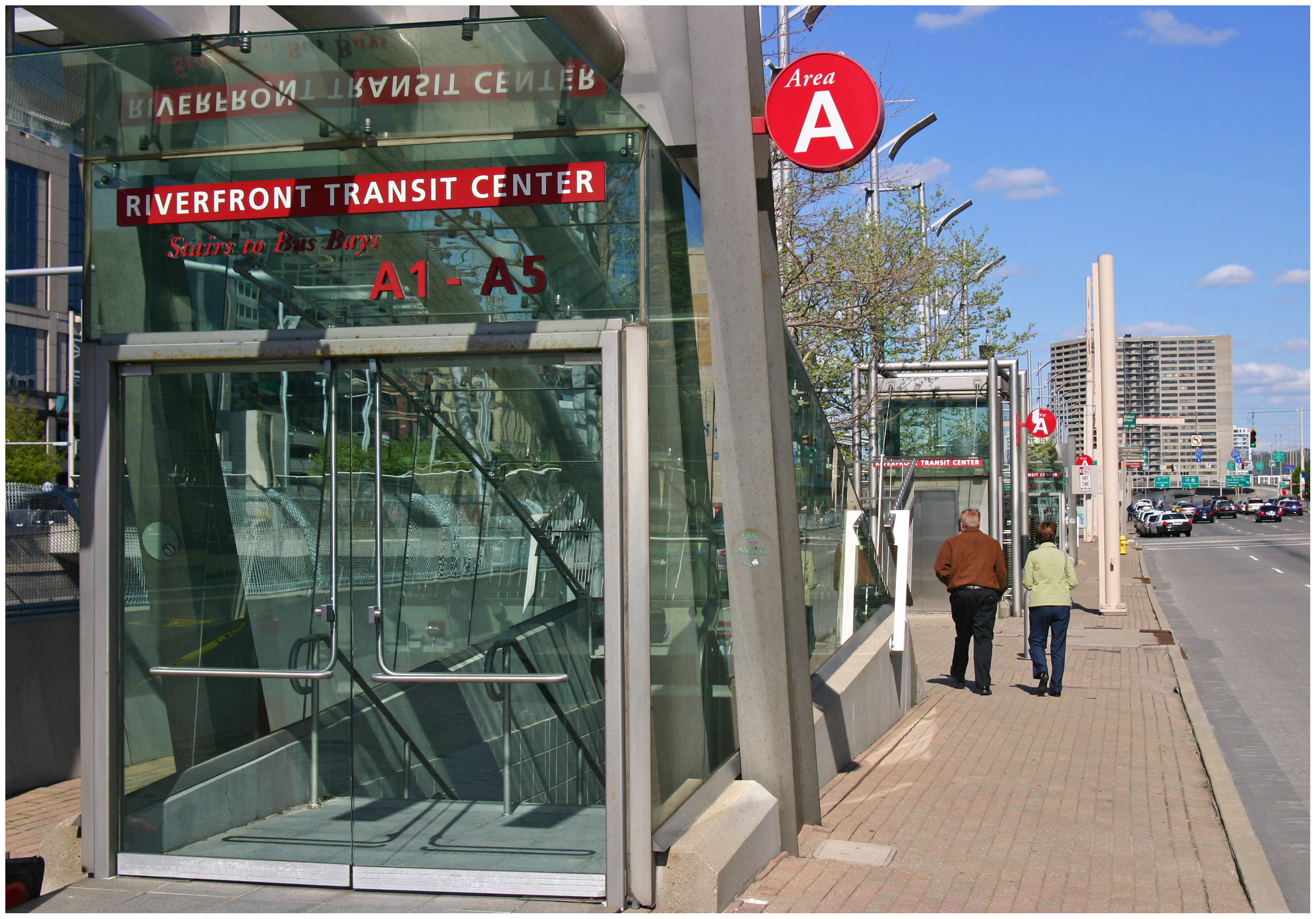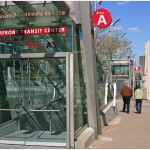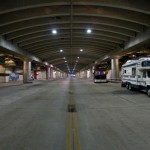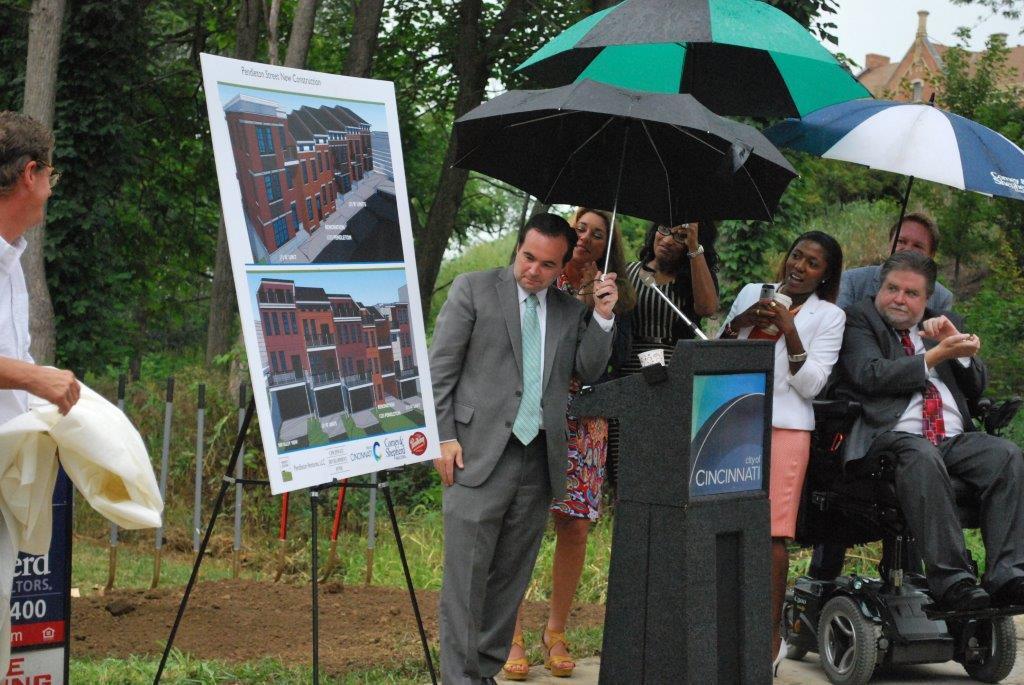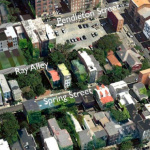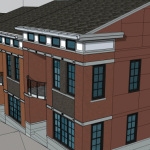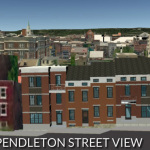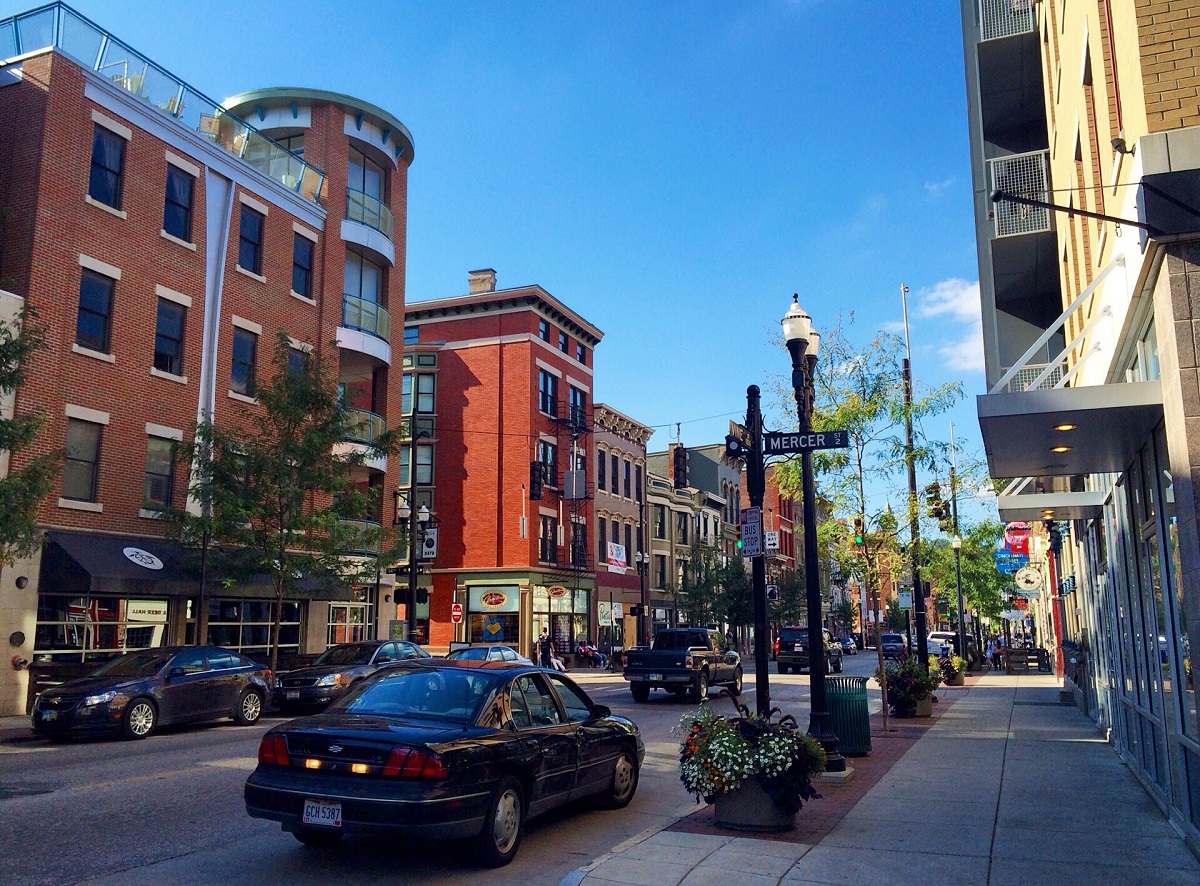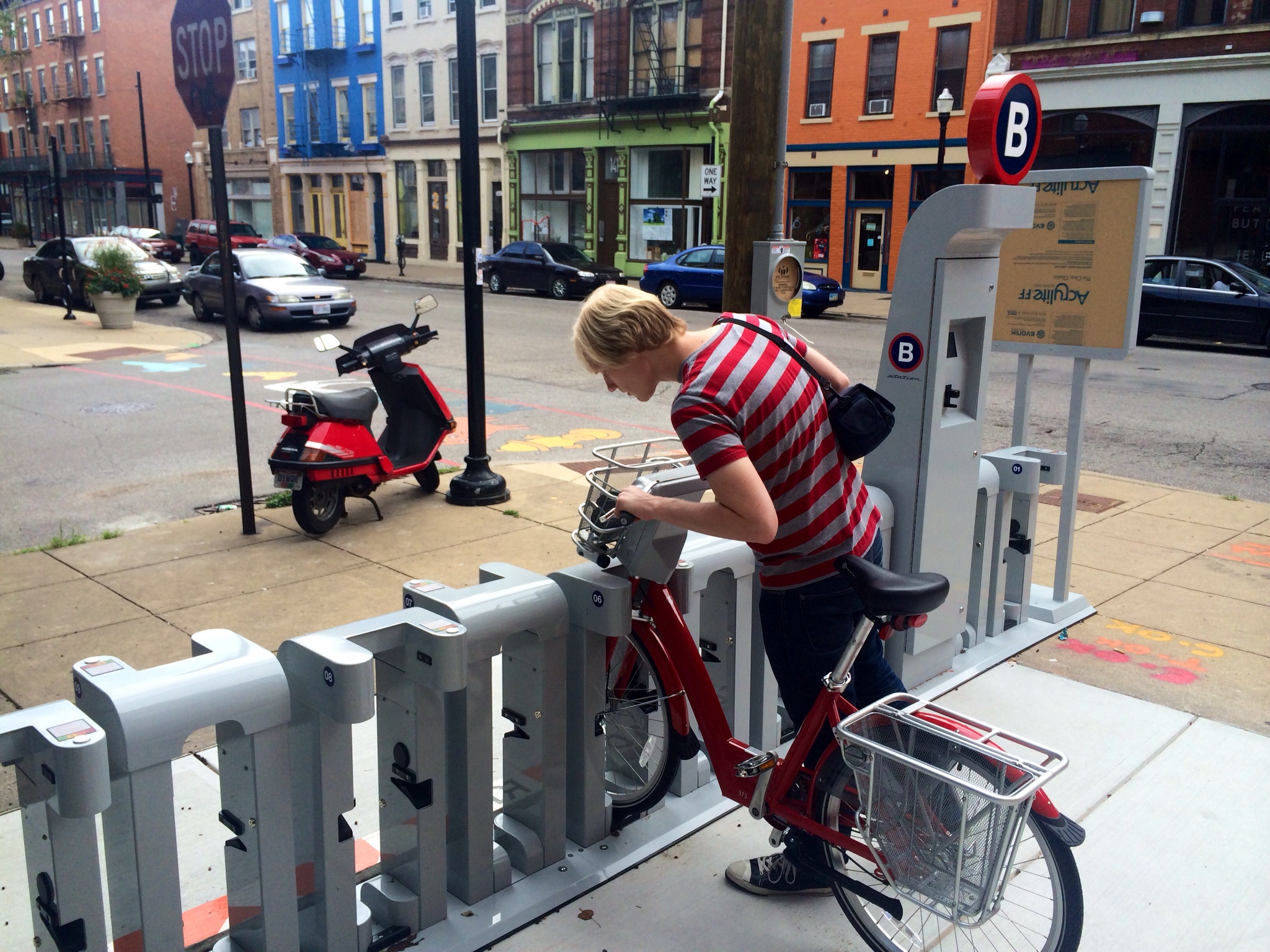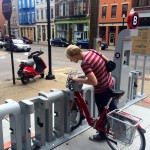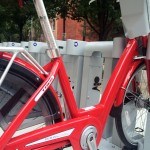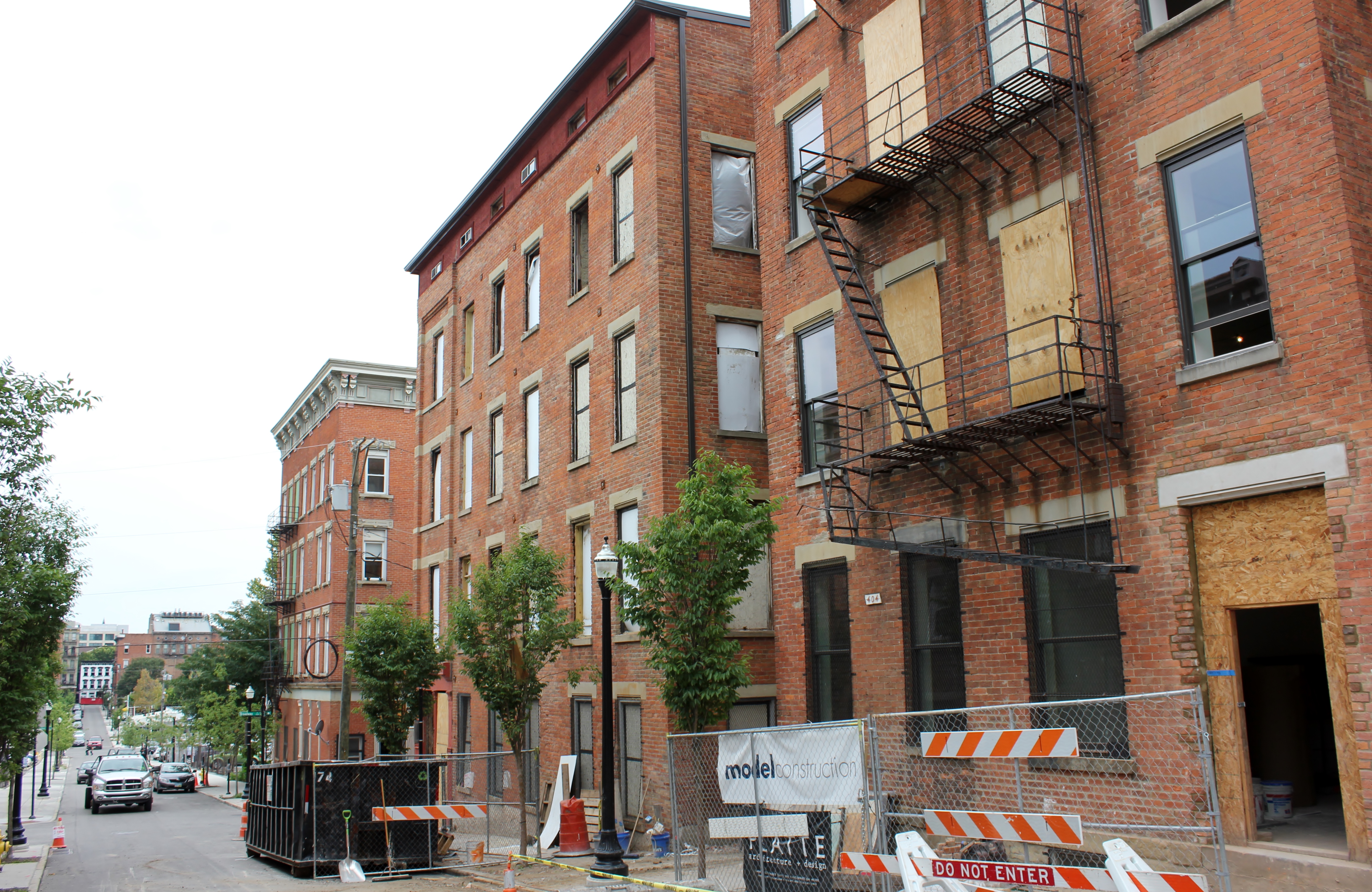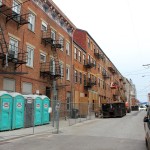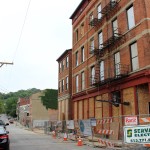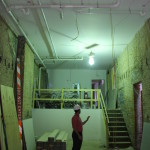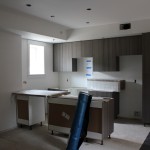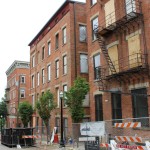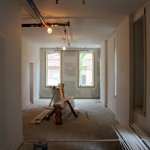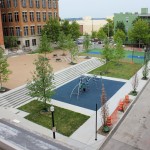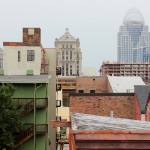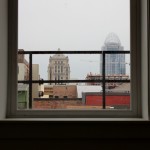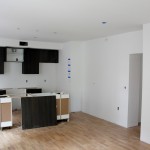Following the announcement last week that Megabus would relocate its downtown Cincinnati stop to a parking lot at 691 Gest Street in Queensgate, there has been a new round of public calls for the intercity bus operator to move its stop into the underutilized Riverfront Transit Center.
The move is just the latest in a series of moves after Megabus was forced out of its original stop at Fourth and Race due to construction taking place at Mabley Place, and complaints from neighbors about noise and loitering. Those complaints have since plagued Megabus as it has tried to find a new stop somewhere in the center city.
Perhaps the most troublesome complaint has been allegations of public urination at Megabus stops by their riders. As a result, city leaders have been looking for a more permanent stop location that includes public restrooms. This has led to a number of people to suggest Findlay Market and the Horseshoe Casino, near the existing Greyhound station, as possible locations.
But through all of this there appears to be a growing sentiment that the Riverfront Transit Center be used not only to accommodate Megabus, but all intercity bus operators serving Cincinnati.
“There is, of course, plenty of parking available, and riders can wait in a safe and secure enclosed area, out of the elements and with restrooms available,” stated Derek Bauman, urban development consultant and chairman of Cincinnatians for Progress. “Megabus will benefit by finally having a permanent home that was built for just this purpose.”
In addition to there being plenty of parking nearby, the Riverfront Transit Center, designed to accommodate up to 500 buses and 20,000 passengers per hour, also has plenty of capacity.
Beyond Megabus, there may be an even greater upside for other operators, like Greyhound and Barons Bus, to relocate into the Riverfront Transit Center.
“Greyhound could benefit by moving from and selling its current location near the casino, which would then be ripe for development as a hotel or other higher use. This would also save the company millions in capital dollars to fund needed upgrades and rehab of the current facility.”
As has been noted by Vice Mayor David Mann (D), someone who has served as a leader on trying to find a solution to this problem, there are difficulties with getting Megabus and others into the transit center neatly tucked beneath Second Street.
The Riverfront Transit Center is technically owned by the City of Cincinnati and operated by Metro, which uses the facility Metro*Plus layover, special events and leases some of its east and west aprons for parking. According to transit agency officials, these operations generate approximately $480,000 in annual revenue and net roughly $170,000 in annual profit for Metro.
Therefore, any new operators or changes to this structure would not only present logistical issues, but also potentially negatively affect Metro’s finances unless new revenues are collected – something Megabus has not been particularly keen of thus far.
“It’s our understanding that Megabus pays a fee to share transit facilities in other cities,” Sallie Hilvers, Metro’s Executive Director of Communications, told UrbanCincy. “As a tax-supported public service, Metro would need to recover the increased costs related to maintenance, utilities, security, etc. from Megabus, which is a for-profit company.”
Hilvers also stated that while Metro is open to the idea, that there would also be some legal and regulatory issues that would also need to be addressed.
Nevertheless, the Riverfront Transit Center seems to be the logical place to consolidate intercity bus operators. The facility is enclosed, includes bathrooms, waiting areas, is centrally located and within close proximity to other transportation services such as Government Square, Cincinnati Streetcar and Cincy Red Bike.
“Welcoming visitors to Cincinnati at the RTC at The Banks showcases our city and is much more welcoming than a random street corner in Queensgate outside of downtown,” Bauman emphasized. “This just makes sense, it’s as simple as that. Everyone involved should continue do whatever is necessary to come to an agreement and make it happen.”
EDITORIAL NOTE: Cincinnati Vice Mayor David Mann (D) did not respond to UrbanCincy‘s request for comment on this story.
